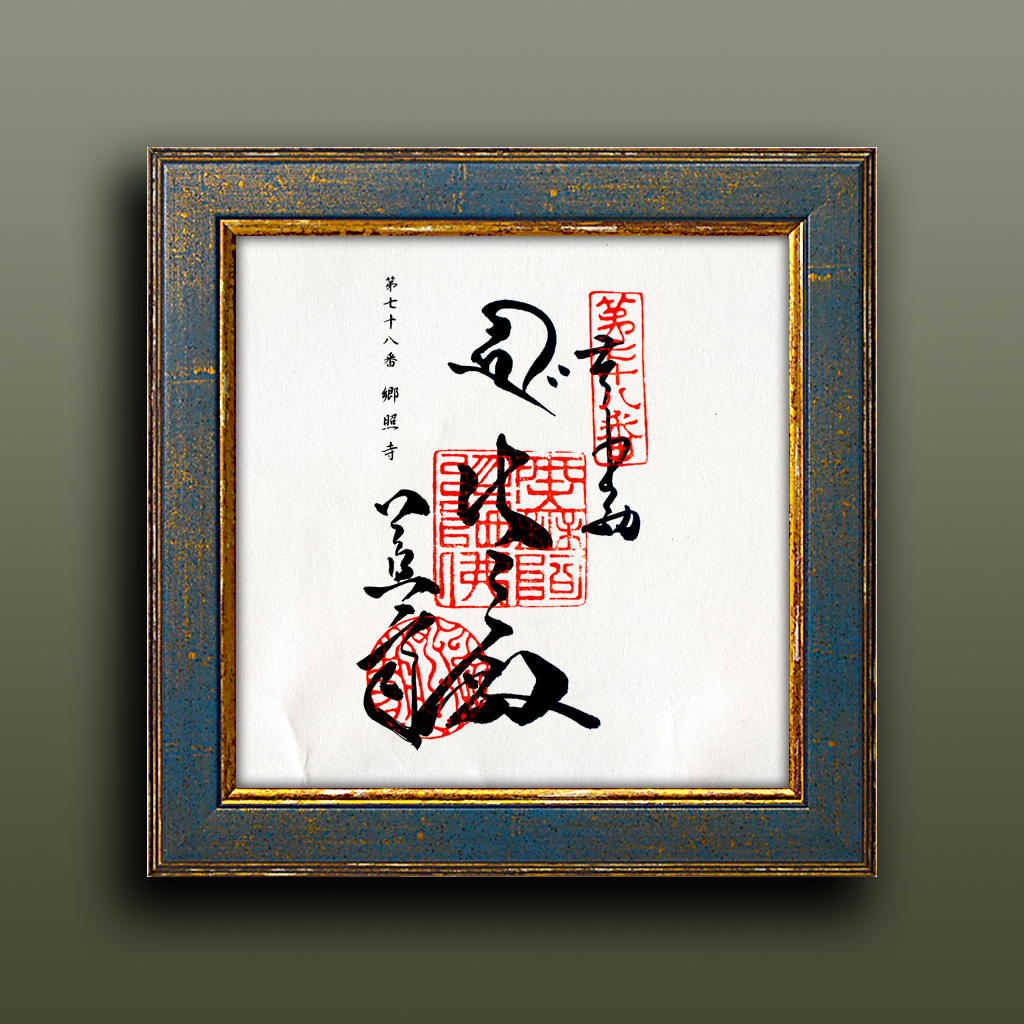The 78th temple is Gōshō-ji(Gōshō-Temple).
The distance from the previous temple (79th temple) is 5.9 kilometers.
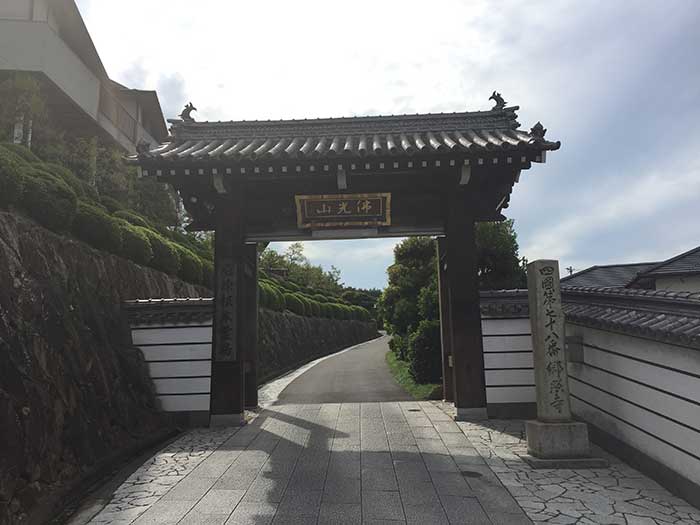
Entrance of Gōshō-ji. Perhaps due to its location, it feels a bit narrow.

It is possible to ring the bell. Being on a hill, the sound of the bell resonates through the town.

The demon-shaped roof tiles add a distinctive touch.
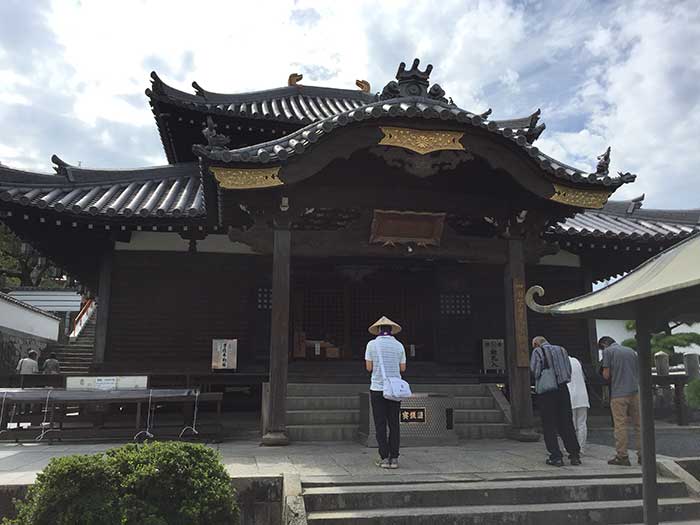
This is the main hall of Gōshō-ji, where Amida Nyorai (Amitabha Buddha) is enshrined. It is large and visually stunning.
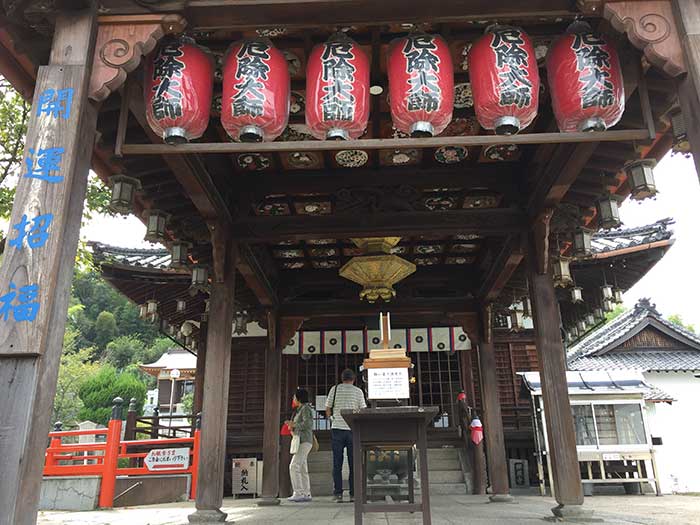
Here is the Daishi-do hall (hall with an enshrined statue of Kobo Daishi).
The colorful lanterns are appealing, and the painted ceiling is also remarkable.
I pray for the safety of my family, world peace, and a comfortable place to sleep tonight.
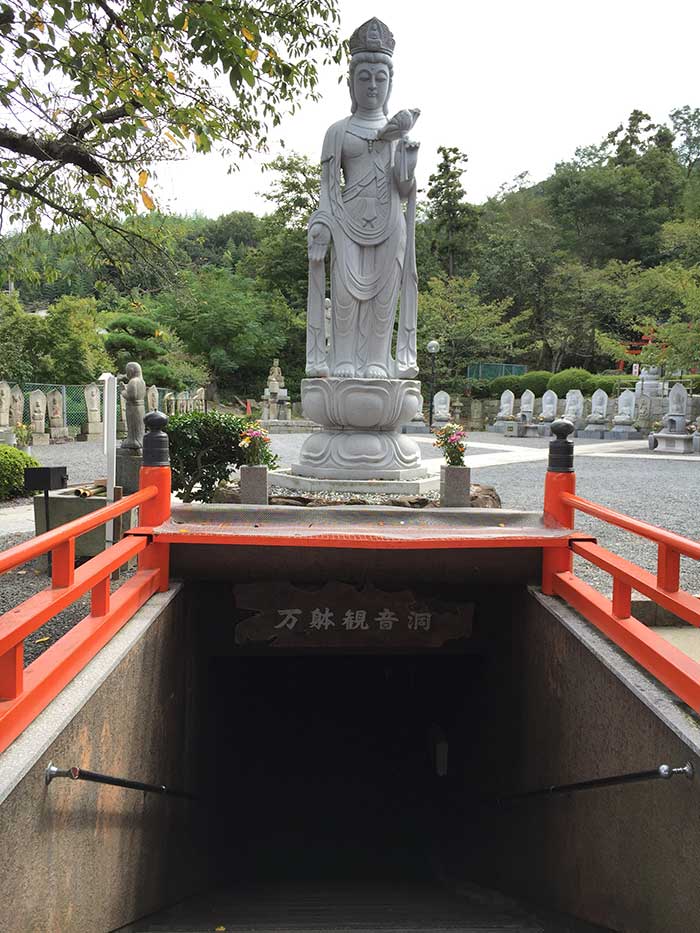
There was a path leading to a dark underground area, so I decided to explore

Inside, countless small golden Buddha statues are lined up.
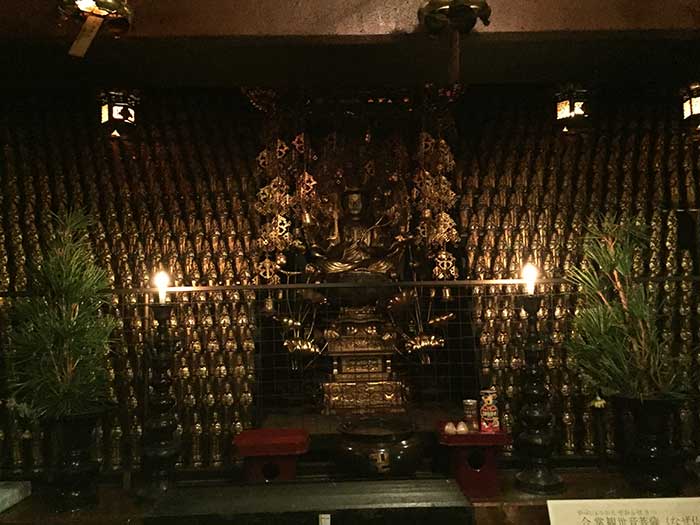
In the center, there is a beautiful golden Buddha statue that shines brightly, creating a sense of entering a magnificent world.
NFT – Crypto Ohenro #11 Goshuin of Gōshō-ji(郷照寺) –

The Goshuin seal of Gōshō-ji, the 78th temple. The calligraphy is so exquisite that it can be considered a work of art.
There are few people in Japan who can write such beautiful characters.
I have completed one-eighth of the temples. However, there are still 77 temples left to visit.
The distance to the next temple is 7.2 kilometers.
